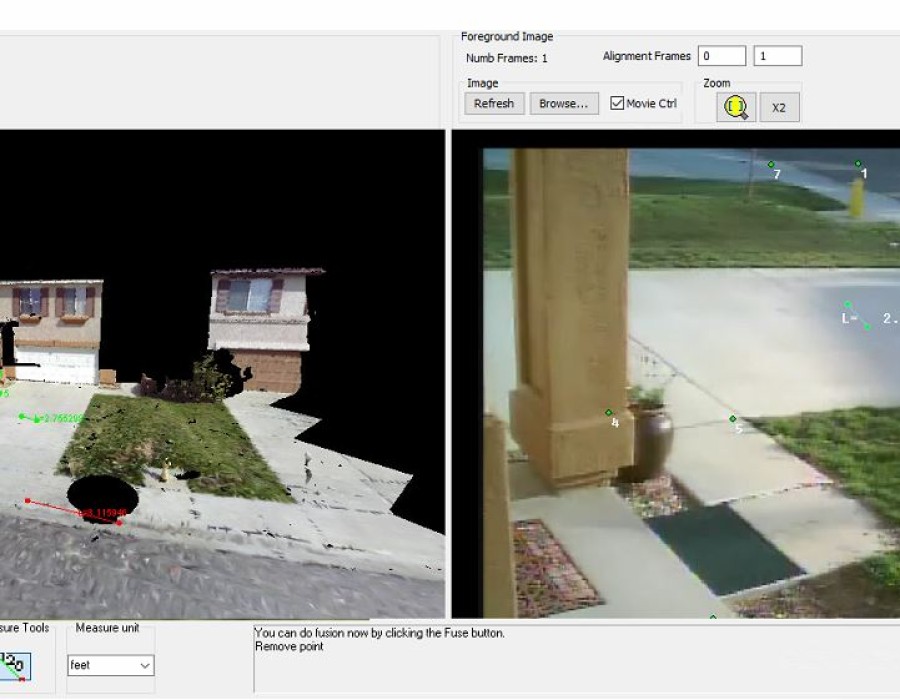In modern investigations, video evidence often plays a decisive role in uncovering the truth. However, raw footage can be distorted due to lens curvature, camera misalignment, or environmental conditions. This is where forensic video software becomes an indispensable tool. Through advanced Camera Calibration and lens correction techniques, investigators can restore footage to its most accurate form, ensuring clarity and precision in evidence analysis.
Whether it's enhancing security camera recordings or reconstructing a crime scene, these processes help eliminate distortions, correct perspective errors, and produce reliable visual data that can stand up in court.
Understanding Forensic Video Software
Forensic video software is designed specifically for law enforcement, forensic analysts, and legal professionals to process, clarify, and authenticate video evidence. Beyond simple enhancement, it enables precise measurement, motion tracking, and object recognition, ensuring footage maintains evidential integrity.
This technology is particularly vital when raw video suffers from distortion caused by different lenses, sensor limitations, or improper setup. In such cases, applying Camera Calibration and lens correction ensures that the visual data reflects reality with minimal error.
The Importance of Camera Calibration in Evidence Processing
Camera Calibration is a process that determines a camera's internal parameters, such as focal length, optical center, and distortion coefficients. In forensic applications, this step is crucial because:
- It corrects geometric distortions that can misrepresent object shapes or positions.
- It enables accurate distance, height, and spatial measurements.
- It standardizes footage for comparison across different cameras.
Without calibration, small inaccuracies can significantly impact conclusions drawn from video analysis, potentially affecting the outcome of an investigation.
Lens Correction for Clearer, More Reliable Footage
Every camera lens introduces some level of distortion, whether it’s barrel distortion in wide-angle lenses or pincushion distortion in telephoto lenses. Lens correction is the process of mathematically reversing these effects to present a true-to-life image.
In forensic contexts, this correction is essential for:
- Identifying objects and individuals without shape distortion.
- Accurately mapping environments from surveillance footage.
- Ensuring visual evidence remains consistent with physical measurements.
Combined with Camera Calibration, lens correction allows analysts to work with footage that accurately represents the scene.
Final Thoughts
In the world of forensic investigations, accuracy is everything. Forensic video software, combined with Camera Calibration and lens correction, ensures that digital evidence is both reliable and court-admissible. These tools bridge the gap between raw, distorted footage and clear, measurable imagery—helping investigators uncover the truth with precision.
FAQs
1. What is forensic video software used for?
It’s used to process, enhance, and authenticate video evidence for investigative and legal purposes.
2. Why is Camera Calibration important in forensic analysis?
It corrects camera distortions, enabling accurate measurements and reliable visual reconstructions.
3. How does lens correction improve footage?
Lens correction removes distortions caused by camera lenses, ensuring objects appear in their true shape and position.
4. Can forensic video software be used for older footage?
Yes, it can process both modern digital recordings and digitized analog footage.
5. Is lens correction necessary if the footage is clear?
Even clear footage can contain subtle distortions that may affect measurements, so correction ensures full accuracy.





Comments